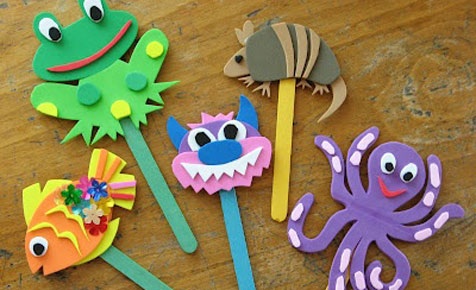1. Role Play
- The Drama Arts Notes describes role play as being either spontaneous or rehearsed. It involves taking on a role in an imagined situation. In the role exploring a character's thoughts, feelings and values. Listed below are strategies that can be incorporated to explore role playing.
A. Remote Control: The character pretends to just like they would with a remote for a TV pause, fast forward or rewind a scene while role playing.
B. Hot Seating: A character is put in the hot seat and has different questions asked from others about their character.
(Example of Hot Seating By dayonelimited-2018)
C. Alter Ego: This is when a character's different opposing personalities are shown. This shows the opposing decisions a character is contemplating choosing.
2. Tableaux
- The Drama Arts Notes describes tableaux as a still image. Features of tableaux include: character, levels, expression, gesture and space. Listed below are strategies that can be incorporated to explore tableaux.
(YouTube video by SRT-2020)
A. Still Image: Communicating meaning through a frozen picture. Even though the characters are frozen they can still communicate to the audience by the pose they hold still, their facial expression they are holding and the space they use when they freeze in the scene.
B. Tap in/ Voices in the head: When the scene is frozen. Another person will come in and voice a character's inner thoughts.
C. Thought Mapping/ Positioning: How the characters are positioned in the frozen scene and the space their body takes up communicates meaning without moving.
3. Voice and Sound
-The Drama Arts Notes describes voice and sound
A. Corridor of voices: Exploring a character's inner thoughts/ decision making process. Two groups are on each side of the character and will express thoughts, advice and emotions as the character walks through them.
B. Gibberish: The character will make silly sounds to communicate their thought and another character will translate what they are saying.
(YouTube Game #9 Gibberish by Jenny Sauer- Klein- 2015)C. Choral Reading: Everyone is reading in unison.
4. Movement
A. Machine: Use repetitive body motions to represent an idea.
B. Slow Motion: Characters will do their movements or say their lines in a slow pace. The scene will seem like time is moving slowly.
C. Voice over Narration: A person is describing the scene/ telling the story that is happening in the scene.
5. Scene Work/ Forms
A. Puppets/Props: Using puppets or props to add to the scene's setting, characters' movements or the meaning behind the scene.
B. What if ...: Performing possible outcomes, solutions and scenarios to the problem in the scene.
C. Forum Theater: Performing scenarios that have happened in real life.




No comments:
Post a Comment